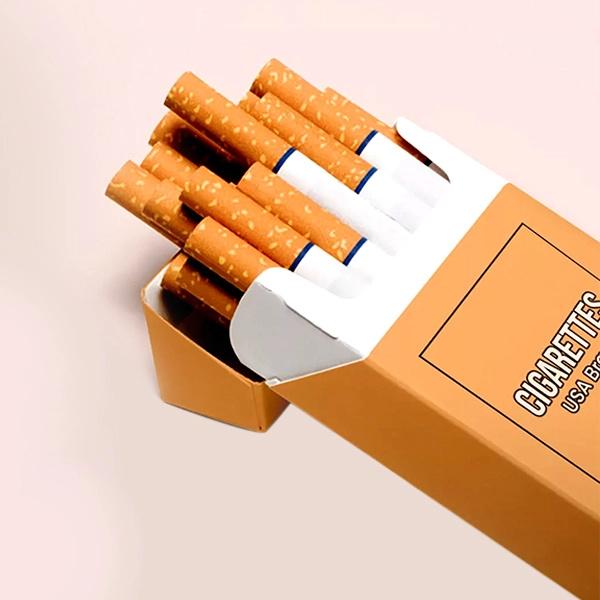The Rise of Cardboard Cigarette Boxes

Introduction of Cardboard Cigarette Boxes
In the ever-evolving landscape of packaging, cardboard cigarette boxes have gained significant attention for their sustainability, versatility, and consumer appeal. As the tobacco industry faces increasing scrutiny over environmental concerns, these boxes offer an innovative solution that balances functionality with eco-friendliness. This article explores the benefits, design considerations, and future trends of cardboard cigarette packaging.
Benefits of Cardboard Cigarette Boxes
Environmental Sustainability
One of the most compelling advantages of cardboard cigarette boxes is their environmental impact. Unlike plastic or other non-biodegradable materials, cardboard is made from renewable resources and is fully recyclable. As more consumers become environmentally conscious, companies are motivated to adopt sustainable practices. Using cardboard packaging not only reduces waste but also appeals to a demographic that prioritizes eco-friendliness in their purchasing decisions.
Cost-Effectiveness
Cardboard cigarette boxes are often more cost-effective than their counterparts made from rigid plastic or metal. The manufacturing process for cardboard is generally less expensive, and its lightweight nature reduces shipping costs. For tobacco companies looking to maximize profit margins while maintaining quality, cardboard presents an attractive option.
Customization and Branding
Cardboard cigarette boxes offer a high degree of customization. Brands can easily print vibrant colors, intricate designs, and unique textures on cardboard, creating visually striking packaging that stands out on shelves. Customization is essential in a crowded market where branding plays a crucial role in consumer choice. Additionally, companies can incorporate innovative features like holographic prints, embossing, and even QR codes for interactive marketing campaigns.
Design Considerations
Structural Integrity
While cardboard is lightweight and easily customizable, maintaining structural integrity is vital. Packaging must protect the cigarettes from damage, moisture, and other environmental factors. Advanced engineering techniques can be employed to create sturdy designs that do not compromise on aesthetics. For instance, incorporating inner liners or using double-walled cardboard can enhance durability without adding significant weight.
Consumer Safety
Consumer safety is paramount in the tobacco industry. Cardboard cigarette boxes can be designed with child-resistant features, ensuring that they are not easily accessible to minors. This not only adheres to legal regulations but also demonstrates corporate responsibility. Moreover, tamper-evident seals can be integrated to reassure consumers about the integrity of the product.
User Experience
The design of cardboard cigarette boxes should prioritize user experience. Easy-opening features, resealable options, and ergonomic shapes can enhance the overall appeal. A well-designed package not only makes it easier for consumers to access the product but also elevates the smoking experience itself.
Future Trends
Increased Use of Biodegradable Materials
As environmental concerns continue to rise, the tobacco industry is likely to see an increase in the use of biodegradable materials in packaging. Innovations in cardboard production, such as the incorporation of plant-based coatings or inks, can enhance sustainability further while maintaining the visual appeal of the packaging.
Smart Packaging
With the advent of technology, smart packaging is becoming a reality. Cardboard cigarette boxes could integrate NFC (Near Field Communication) chips or QR codes that provide consumers with information about the product's origin, production methods, or even health warnings. This interactive element can engage consumers and build brand loyalty.
Minimalist Design
As trends shift towards simplicity and minimalism, the packaging of cigarettes may also evolve. Brands could adopt clean lines and understated designs that communicate quality without overwhelming consumers with information. This approach aligns with broader lifestyle trends that favor simplicity and transparency.
Conclusion
Cardboard cigarette boxes represent a significant shift in the tobacco industry's approach to packaging. Their sustainability, cost-effectiveness, and customization options make them a preferred choice for many brands. As consumer preferences evolve, and environmental concerns take center stage, the future of cardboard cigarette boxes looks promising. By embracing innovative designs and sustainable practices, tobacco companies can not only meet regulatory demands but also align with the values of a new generation of consumers.
¡Por favor activa el Javascript![ ? ]



